Google’s Pixel 9a Is All The Smartphone You Need Right Now
Contents

Sign in to your Android Police account

Trying to pick out a new smartphone can feel pretty overwhelming, even at the best of times. Sure, the narrowed scope of competition in the US can help — you really only have a few brands to pick from these days — but any carrier store is bound to have dozens of individual options for you to pick between, from budget offerings to foldable flagships. And in an age of tariff-based uncertainty, picking out the right phone at the right price could become that much trickier.
The Pixel 9a will not be the smartphone for everyone, but it’s likely all the smartphone you need right now. For the same $500 price point as its two predecessors, you’re getting a noticeably more mature product, one that really requires you to squint to see the corners Google cut to achieve that price. Gamers, enthusiasts, and phablet fans might find something to complain about here, but if all you’re after is a reliable, affordable device, the Pixel 9a might be your best bet yet.
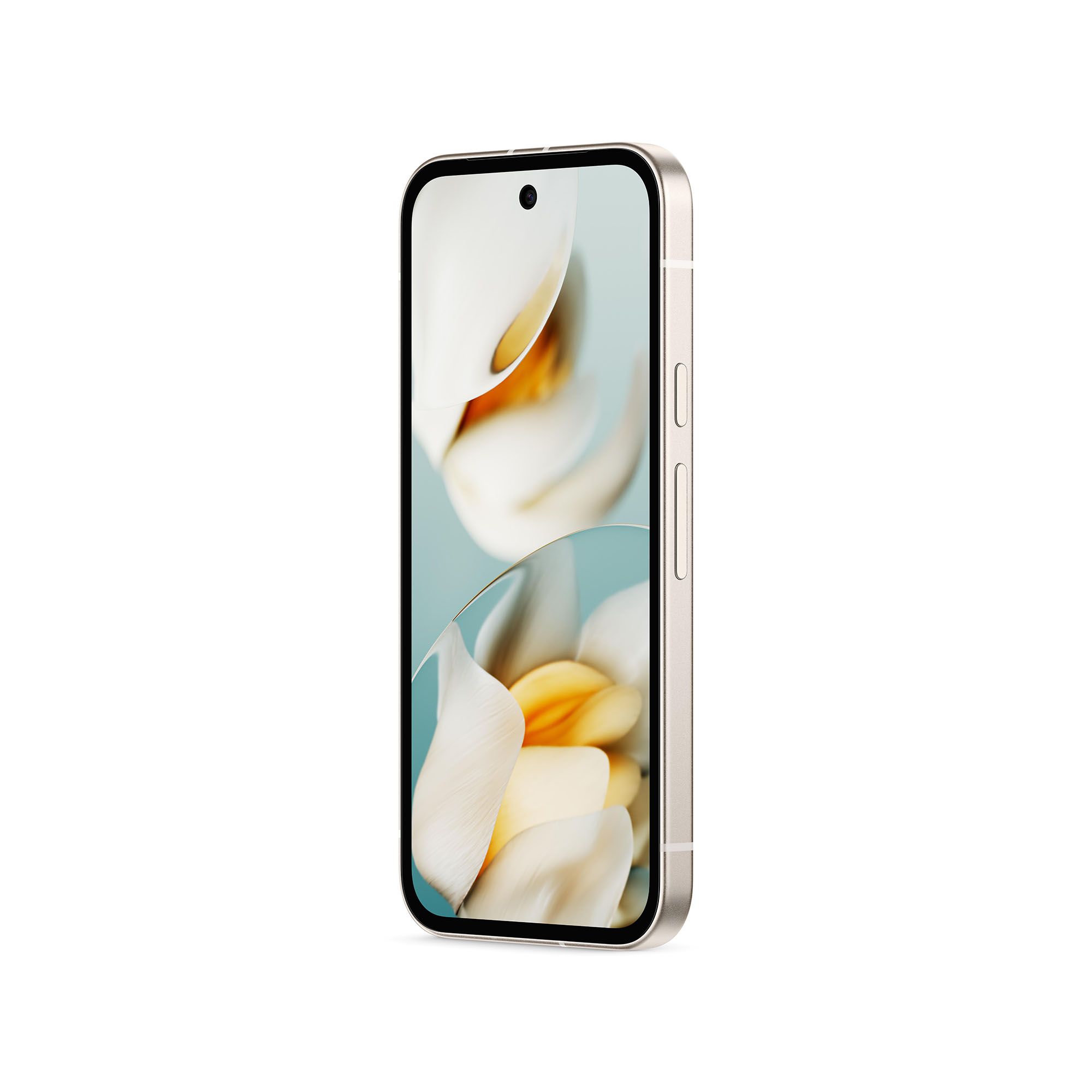

Google Pixel 9a
The Pixel 9a might not win over the specs nerds among us, but if all you’re looking for is a dependable device to keep you connected on the go, this is as good as you’ll find for $500.
Pros & Cons
- Refined design looks and feels great, specifically in person
- This display is as excellent as we’ve seen on an A-series entry
- Google’s software still feels like the most even-handed Android experience
- You likely won’t notice the handful of cut corners here
- These bezels remain pretty large, and that might not be for everyone
- Google’s post-processing remains a little stale
- Some might find the overall design boring or uninspired
Availability, network, and specs
After a brief delay, the Pixel 9a’s up for grabs
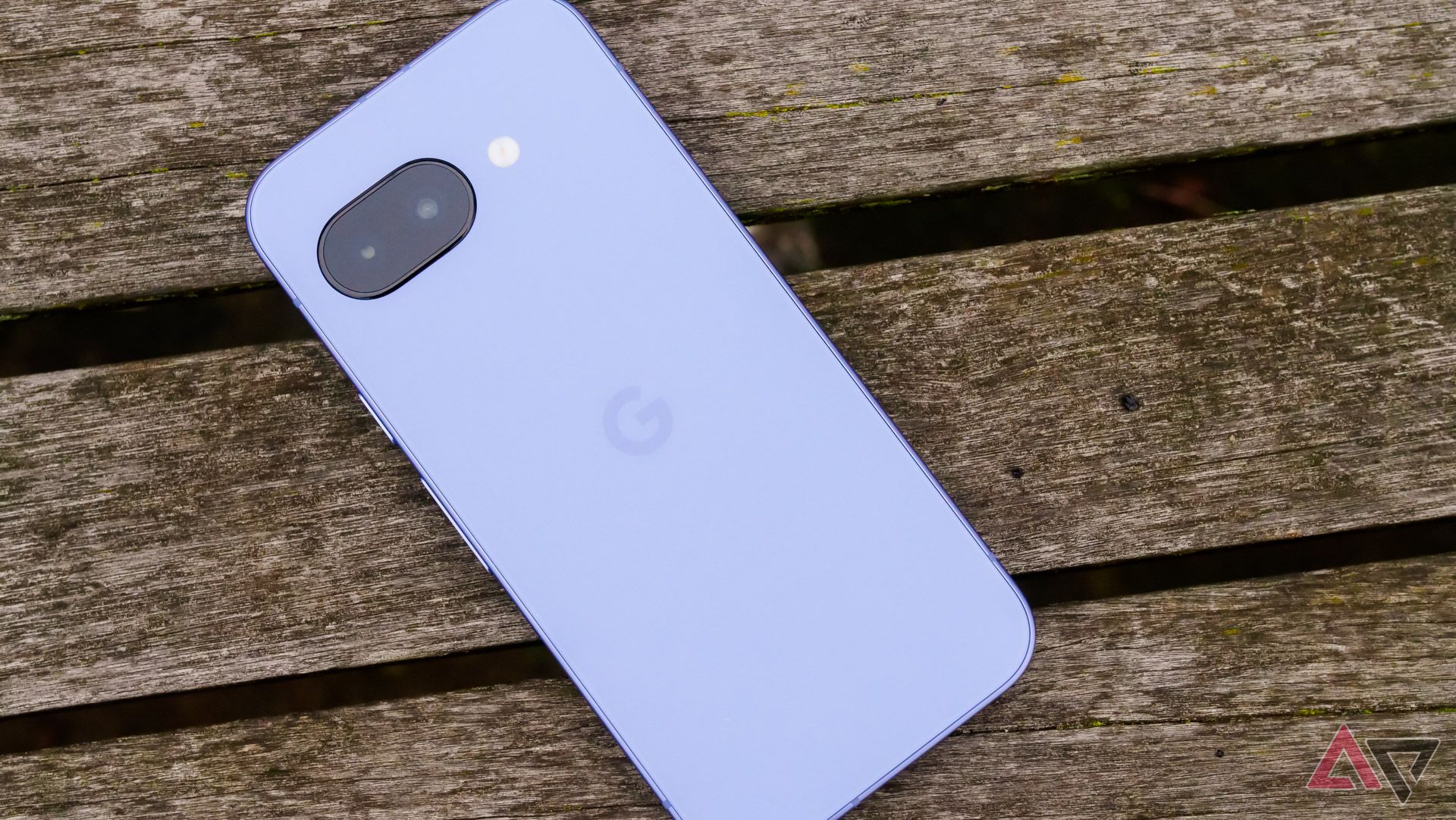
The Pixel 9a is available from the usual allotment of carriers — Verizon, T-Mobile, AT&T, Boost Mobile, and select MVNOs like Visible and Google Fi. It’s also readily available unlocked through Amazon and Google’s own web store, and comes in either 128GB or 256GB configurations. At checkout, you’ll have the choice of Obsidian, Porcelain, Peony, and the Iris shade seen throughout this review.
You’ll find the Pixel 9a for sale in the same regions as the non-foldable Pixel 9 series: Australia, Austria, Belgium, Canada, Czechia, Denmark, Estonia, Finland, France, Germany, Hungary, India, Ireland, Italy, Japan, Latvia, Lithuania, Malaysia, Netherlands, Norway, Poland, Portugal, Romania, Singapore, Slovakia, Slovenia, Spain, Sweden, Switzerland, Taiwan, the UK, and the US (excluding Puerto Rico). It’s currently set at an MSRP of $500 in the US, though that could change in the coming months depending on new or modified tariff rates.
Specifications
- SoC
- Google Tensor G4
- Display type
- pOLED, 120Hz
- Display dimensions
- 6.3 inches
- Display resolution
- 1080 x 2424
- RAM
- 8GB
- Storage
- 128GB, 256GB
- Battery
- 5,100mAh
- Charge speed
- 23W wired, wireless charging
- Charge options
- USB-C wired, Qi wireless
- Ports
- USB-C
- SIM support
- Nano SIM, eSIM
- Operating System
- Android 15, 7 years of updates
- Front camera
- 13MP, f/2.2
- Rear camera
- 48MP f/1.7 OIS main, 13MP f/2.2 wide
- Cellular connectivity
- Sub-6 5G
- Wi-Fi connectivity
- Wi-Fi 6
- Bluetooth
- Bluetooth 5.3
- Dimensions
- 154.7 x 73.3 x 8.9mm
- Weight
- 186g
- IP Rating
- IP68
- Colors
- Obsidian, Porcelain, Iris, Peony
- Price
- $500
The Pixel 9a might look boring to some, but I think Google nailed it
This is thoughtful design, even if it lacks the flash some might want
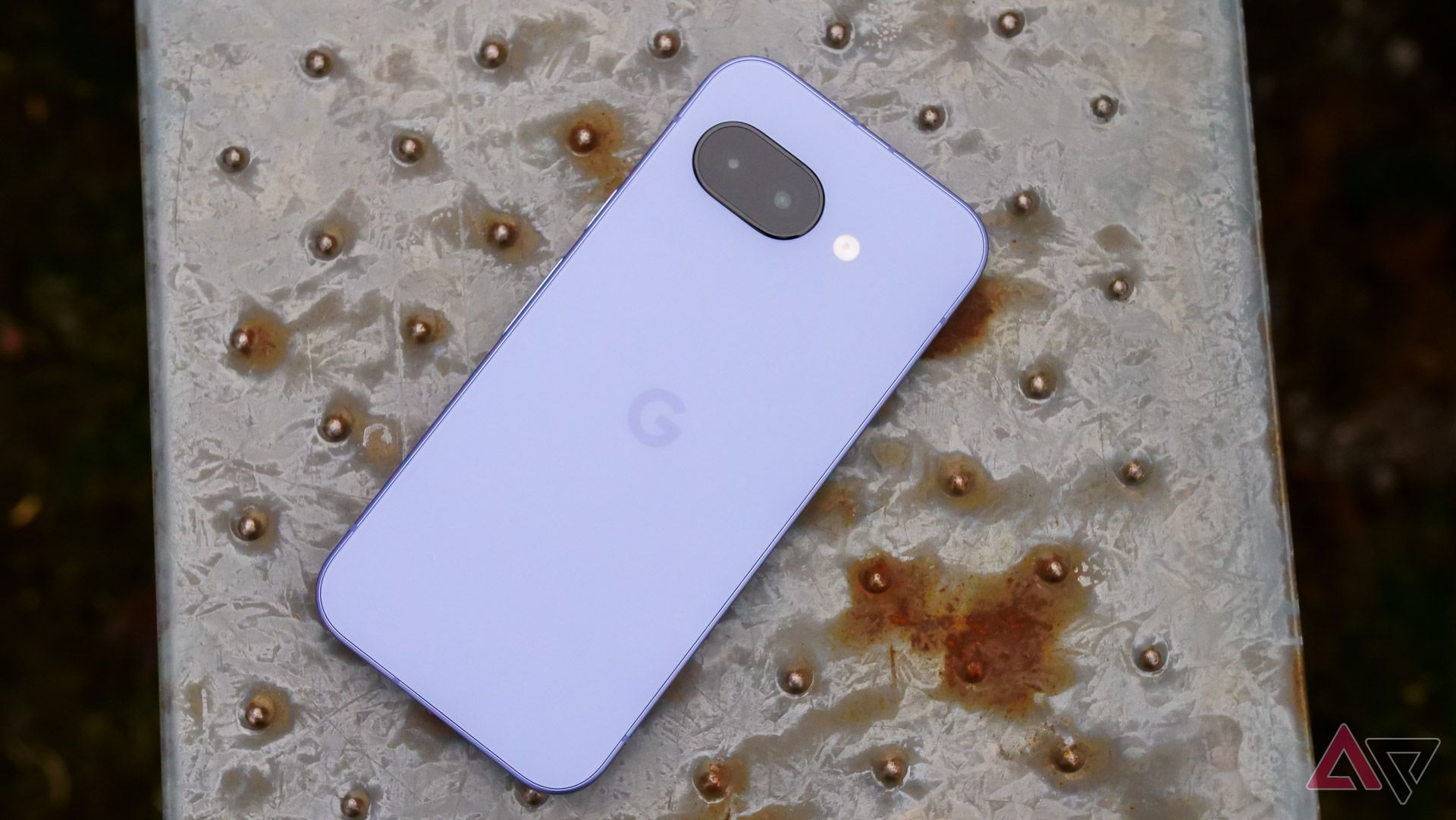
The Pixel 9a doesn’t impress at first glance. While Google has adopted its modern Pixel design for its cheaper smartphone, the larger bezels and lack of a protruding camera bar seem to immediately broadcast its cheaper price tag. In some ways, even the color options Google delivered here — Peony, or pink, and Iris, or purple — give away the game, as the company’s Pro-branded smartphones stick to more neutral, business-focused tones.
While that’s an entirely valid way to look at the Pixel 9a, I don’t share the same viewpoint. Outside of the larger bezels, practically everything here is an improvement over the regular Pixel 9. The switch to a smaller camera sensor didn’t just remove the need for a camera bump — it also reduced the phone’s weight by about 15 grams and, even more importantly, fixed some of the balance issues I’ve noticed on my Pixel 9 Pro. In fact, this is one of the most comfortable phones I’ve held in ages, no case required.
I get some of the concerns surrounding the Pixel’s “identity,” and how this smartphone blends into a crowd where the rest of the Tensor-era has stood out. Frankly, though, the idea that Google needs to stick to a specific design to keep brand awareness high isn’t my problem — it’s Google’s. I agree that the typical camera bar look is easily recognizable, but I don’t see why I should care if the Pixel 9a sacrifices some of that notability for the sake of a more comfortable end-user experience. Google doesn’t subsidize my purchase for helping to market its devices, after all.
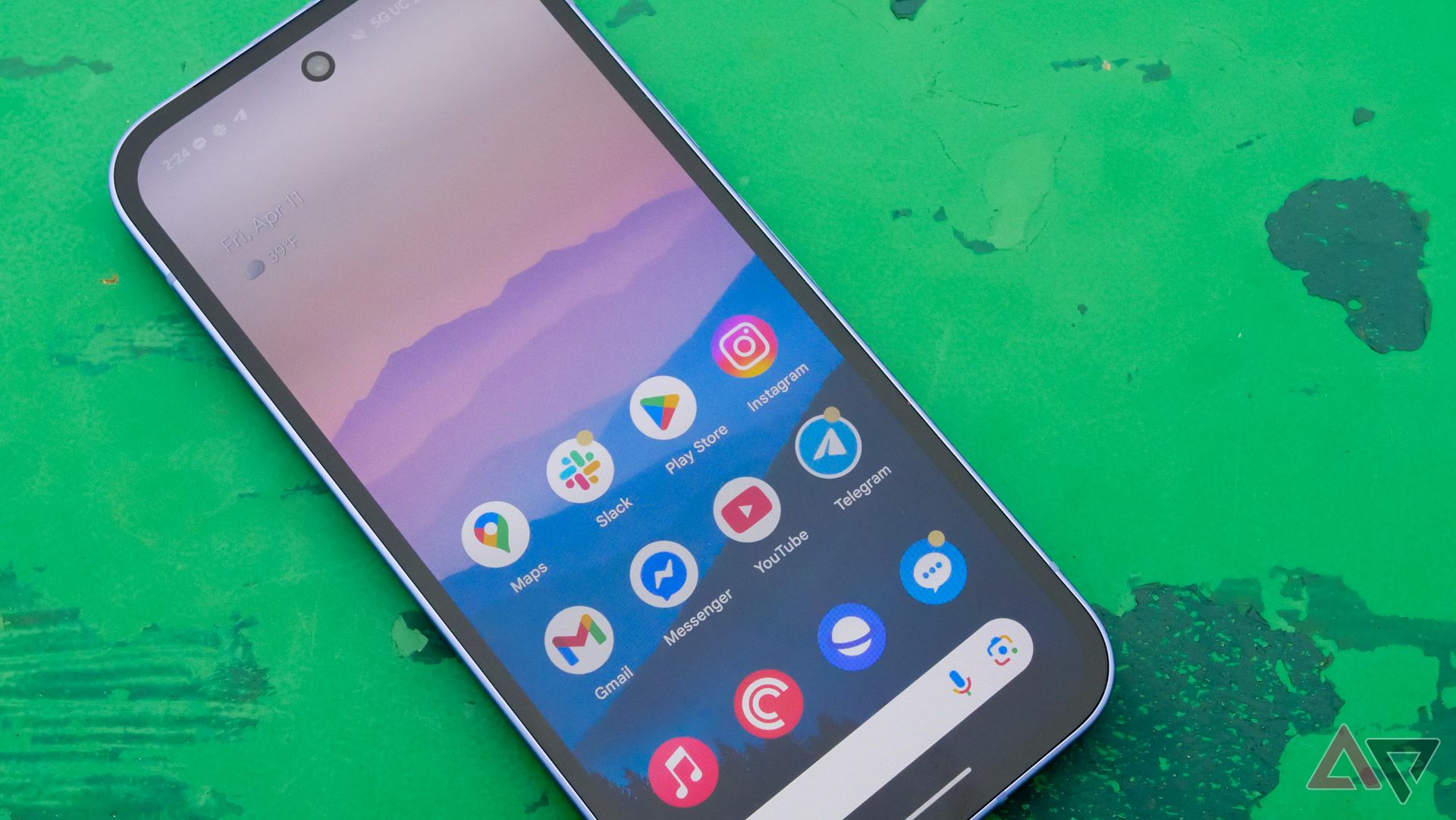
I do think this is a smartphone you need to see — and hold — in person to understand. The matte aluminum frame feels identical to what’s used on the Pixel 9, while the matte polycarbonate (read: plastic) back feels better than the glass on its more expensive sibling, thanks to its matte finish. It’s not entirely smudge-free, but it’s a hell of a lot better than the glossy Pixel 9. And those Iris and Peony color choices help a lot, too; I’m in love with the purple hue of this smartphone.
Whatever you want to say about this device’s uniqueness, the result is a product that feels better, and that matters more than building an expensive piece of high-tech jewelry that practically begs for a case. It’s just the larger-than-average bezels — with a symmetrical chin this year, thankfully — that downgrade the overall experience, but the display quality really makes up for it.
As far as I can tell, the 6.3-inch display here is the same Actua panel used on the Pixel 9 and Pixel 9 Pro Fold, and that’s great news. While I wish we’d move on from Gorilla Glass 3 on cheaper phones, the days of suffering through terrible panels on the Pixel 7a — a phone released just two years ago, mind you — is over. It’s bright and easy to read outdoors, the 120Hz refresh rate feels as great as usual, and unlike some of Google’s competition, it supports an always-on display. If it’s good enough for your $1,800 foldable, it’s absolutely good enough on this $500 smartphone.
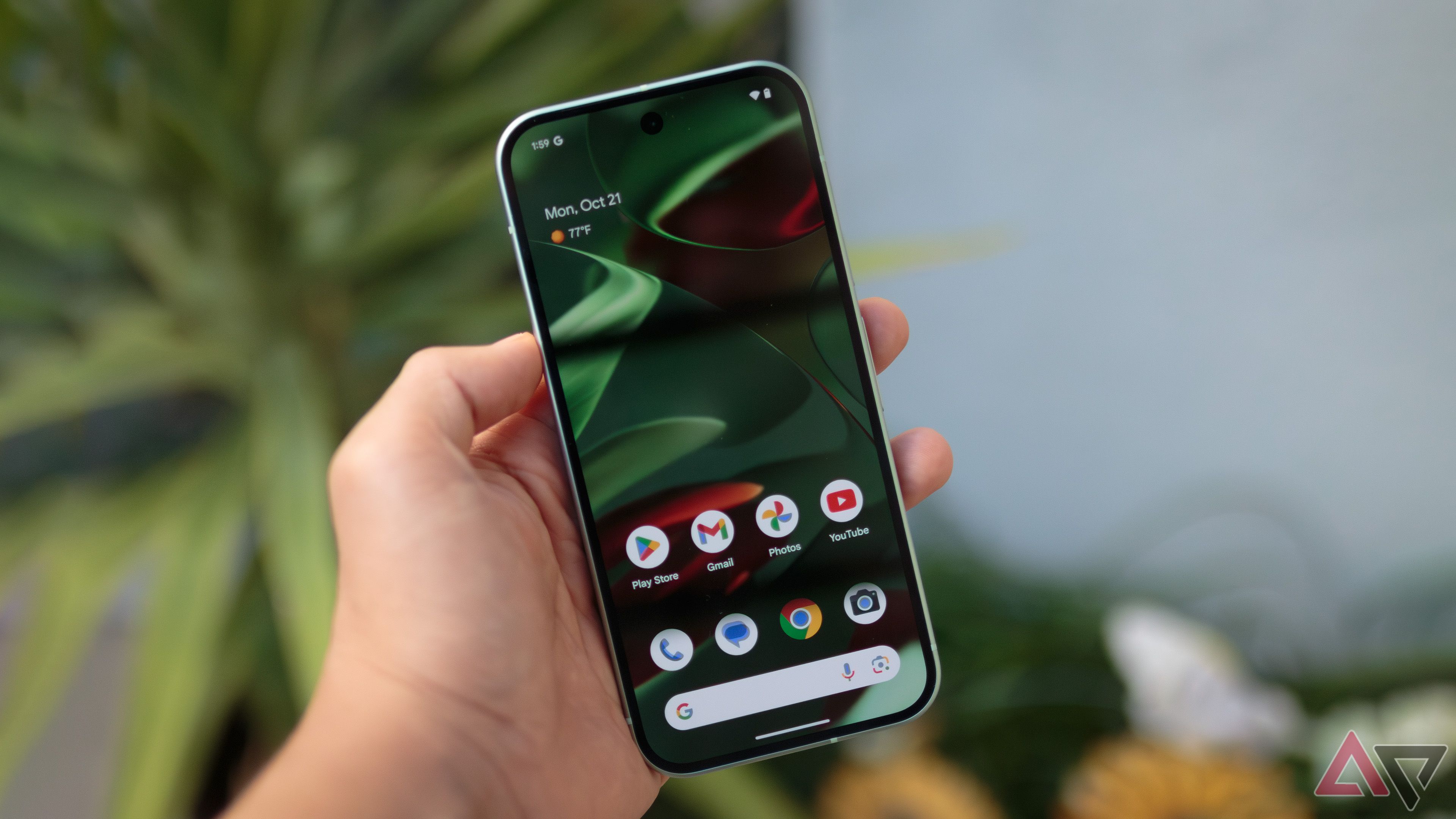
Related
And really, every other factor where budget smartphones often fail to impress — or even meet modern standards — is nailed here. The Pixel 9a’s speakers and haptics are, perhaps, a slight downgrade from the Pixel 9, but you’ll only notice if you’re coming from a regular Pixel 9, which… you aren’t. The optical fingerprint sensor seems unchanged from the Pixel 8 series. It’s fine, though I’d be lying if I said I missed that flash of light at night. During the day, though, face unlock handles most of your biometric needs.
I know there has been plenty of concern among the Pixel community over Google’s decision to utilize an older modem in this phone, but I haven’t noticed any downgrades. The cell service within my home’s walls can be pretty spotty at times, but even dropping off Wi-Fi for a day or two felt identical to my experience with the Exynos 5400 found in the Pixel 9 series. I expect the phone to potentially feel warmer than usual in more extreme circumstances — like whenever I’m traveling on a plane, when my Pixels always seem to heat up — but that’s about it.
Google’s $500 Pixel performs a lot like devices twice its price
And has killer battery life to boot
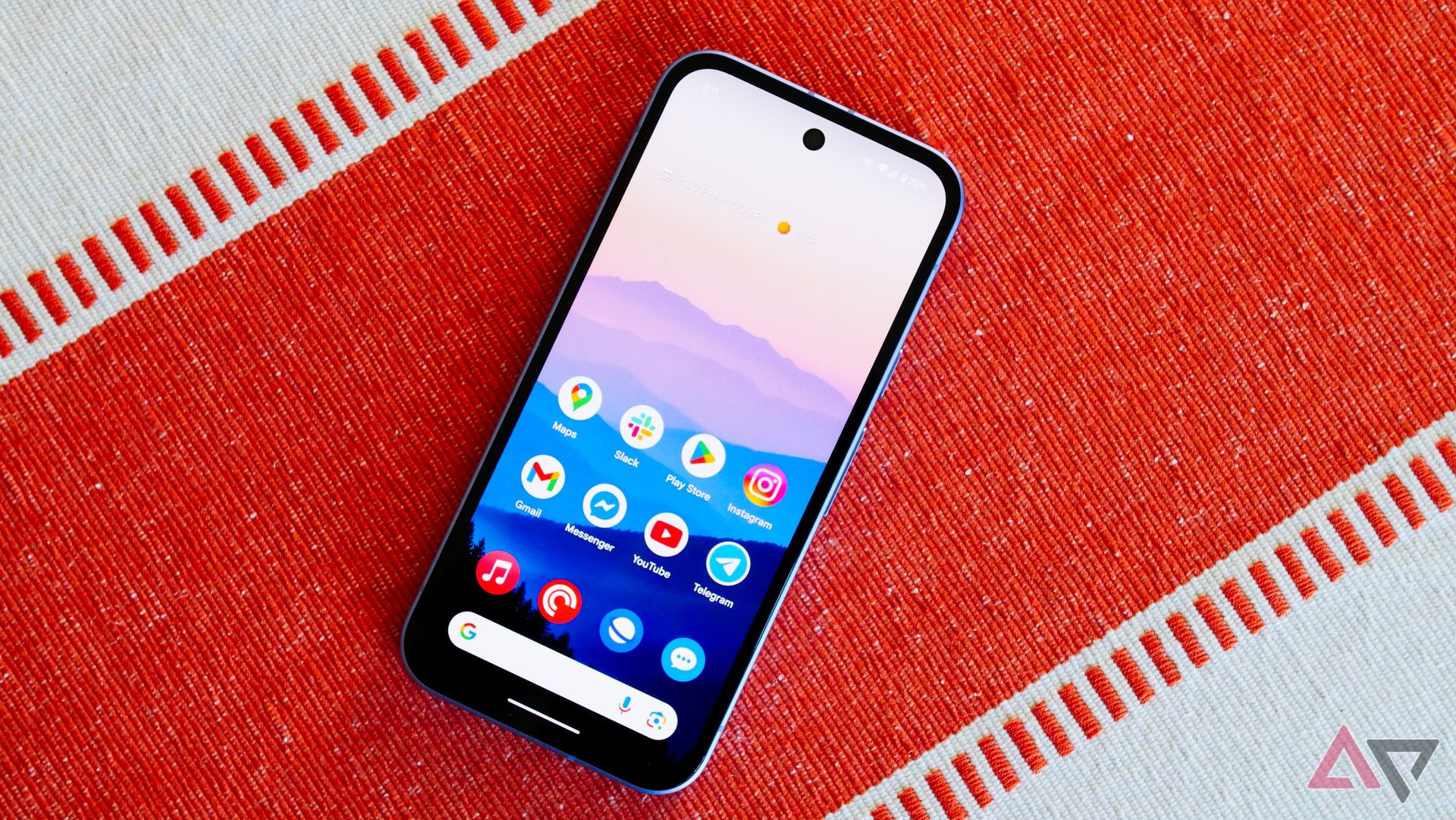
Keeping in line with the lack of cut corners on the hardware side, using Android on the Pixel 9a feels like using Android on the Pixel 9 or Pixel 9 Pro. This phone comes with a substantial RAM cut — down to 8GB from 12GB in the standard Pixel 9 — but in practice, I haven’t noticed. No odd app reloads or media playback quitting in the background. Everything feels as snappy as you’d hope for and expect.
That drop in RAM does come at a cost, though, in the form of Gemini Nano XXXS. The on-device LLM that Google ships on the rest of the Pixel 9 lineup is Gemini XXS — note the missing ‘X’ — and the additional power provided by that LLM is how you get tools like Pixel Screenshots and Call Notes. Both are missing here, though internet-focused AI tools like Gemini Live and Pixel Studio are still pre-installed like usual.
If you’re the type to notice those missing features, I’d urge you to consider the Pixel 9, or even wait for the Pixel 10 coming later this year. You can’t “fix” the lack of RAM necessary for those apps to function on this phone, but I also don’t think the vast majority of users would ever notice they’re missing to begin with. It’s not just because I think Pixel Screenshots is mostly underwhelming — though I do — but also because, again, only previous Pixel 9 users would even know to look for those apps in the first place. Outside of those four smartphones launched last summer, they don’t exist.
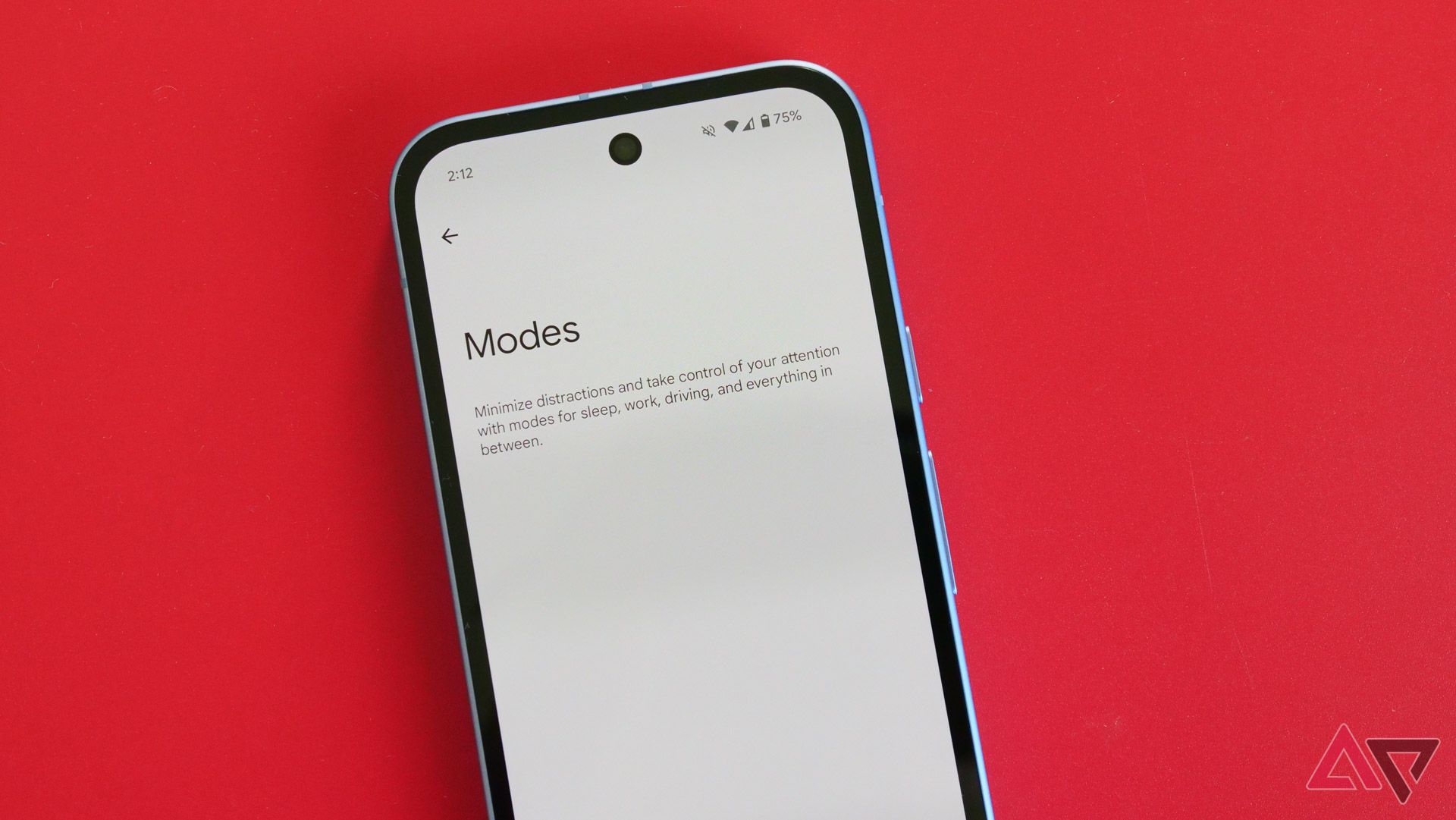
At launch, Modes is broken on the Pixel 9a.
Also missing, as I found out during my review period, the baseline changes made to Google’s Android experience in Android 15 QPR2 are also missing. Again, this doesn’t particularly matter, but it does mean that tools like the new Modes menu for enhanced do-not-disturb settings won’t arrive here until June as part of Android 16. A temporary problem, sure, but a problem nonetheless. At the very least, you’re still getting the promise of seven years of full software support here, even with a little hiccup on that long, winding road.
Otherwise, using the Pixel 9a feels a lot like using the Pixel 9. If Google made any changes to its Tensor G4 processor during its transition into the A-series, I haven’t felt it — it’s just as snappy as usual. I have my fair share of complaints with the Pixel launcher, as I do with practically every OEM launcher, but it still feels the most mature to use. I’m not typically jumping through hoops or digging through settings here, I’m just… using my phone whenever I need to. And the addition of longtime fan-favorite features like Now Playing are just icing on the cake.
Battery life on the Pixel 9a is phenomenal. I’ll admit I’m not quite pushing my screen-on time to the brink these days — though we’ll see where I am come football season — but even so, I don’t think I’ve ended a day below 40 percent. That included days when I was primarily on Wi-Fi and days when I opted to either go all-in on cellular or found myself at events where cellular data was my sole option.
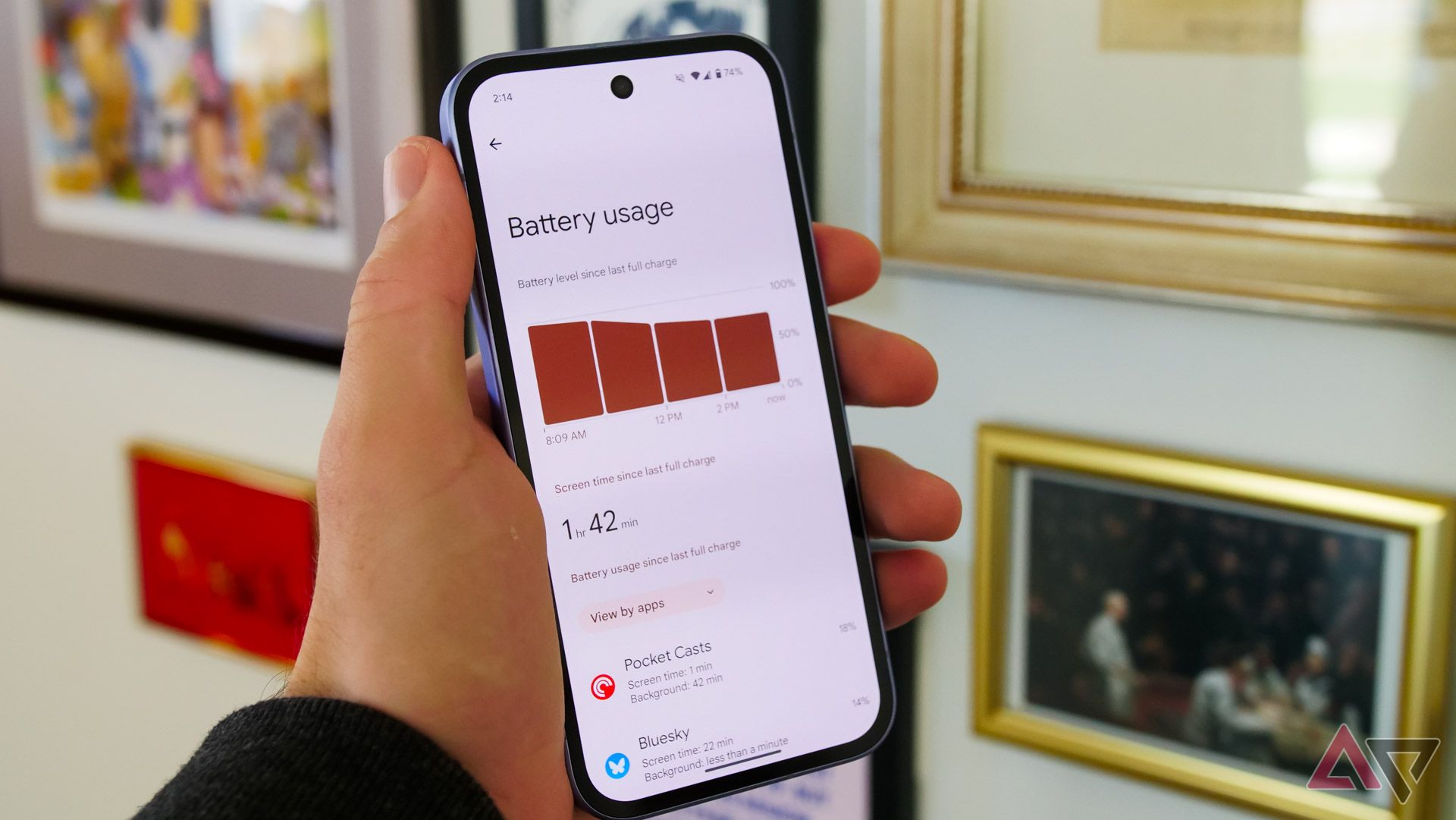
I’m sure you can push this phone hard enough to die in a single day, but for most people, the 5,100mAh battery in this phone is good for all-day usage and then some. Even the move to boost charging speeds up to 23W is a welcome change. While it’s a far cry from similarly priced phones from OnePlus and Motorola, it’s more in line with the rest of the Pixel 9 family, once again making the 9a feel less like a collection of cut corners and more of a remixed re-release of last year’s flagship.
All of this adds up to a device that is a far cry from its most obvious comparison point. The iPhone 16e is $100 more expensive, and while the hardware itself feels ever-so-slightly behind Apple’s package of “essentials,” I’d argue Google meets the mark. From the 120Hz, AOD-equipped display to the more colorful design to the ultra-wide camera — more on that momentarily — this just feels like the feature-packed phone you’d want to see as a modern midrange device. And the iPhone 16e, as I said in my review, feels more like proof of Apple Intelligence’s failure to launch.
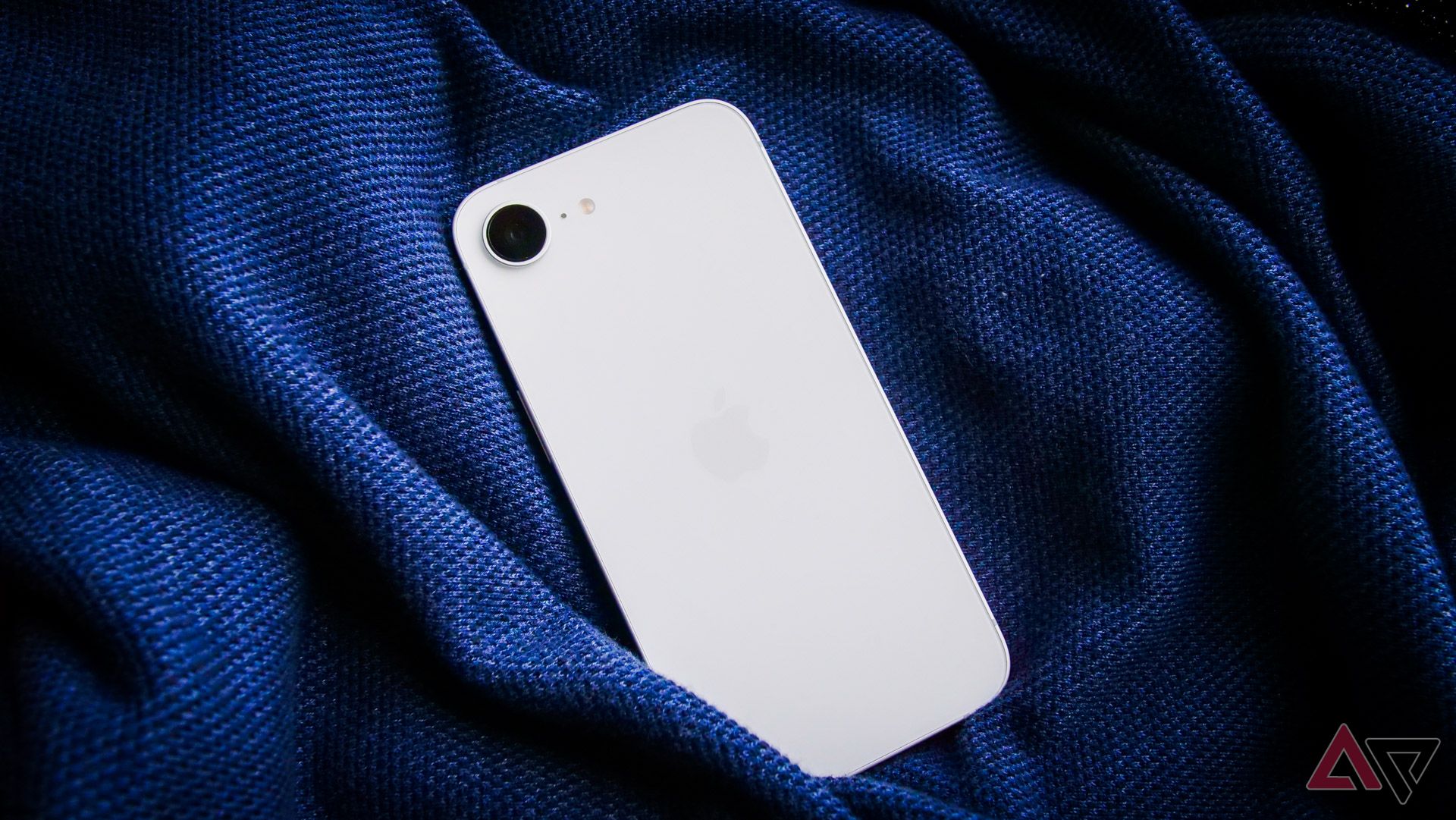
Check out Google’s competition
The Pixel 9a’s camera is perfectly good
Even if it falls victim to some of the Pixel 9’s own problems

I’m in a weird spot on Google’s camera skills these days. Pretty much every shot I’ve taken with the Pixel 9a is, on a practically objective level, “good.” I’ve seen very few — if any — focus issues, while motion blur really only applies to particularly speedy subjects or when capturing images in low-light situations. You can find lots of detail in every shot, whether you’re zooming in on an image on the 9a’s display or looking on a much larger monitor after the fact. There’s very little here to be truly frustrated about.
But, once again, this is yet another smartphone camera that seems intent on removing any semblance of saturation, pop, or character from your shot. Google has evolved into a particularly bad offender in this space, sucking any contrast that it can out of your photo to make something that feels evenly lit to the point of boredom. To be clear, it’s a matter of personal taste, and you might love the current state of Google’s post-processing. But the same problems I’ve been complaining about for months are here too, and I don’t expect that to change with a software update.
The only shot in here I’d call truly “bad” is the ultra-wide shot in the arena.
Still, as I said, these (mostly) aren’t bad photos. At its $500 price point, it’s pretty difficult to beat, especially once you factor in the whole package. Google’s AI editing tools are the best of an increasingly crowded pack, as every brand from Samsung to Apple to Motorola tries their respective hands at what Google kicked off with Magic Eraser on the Pixel 6. It’s great that these editing tools — AI or otherwise — are so easy to use, too, because if you don’t like the grayish touch to your final photos, bringing back contrast or saturation isn’t too tricky.
At the end of the day, this is a Pixel. Even if Google’s coasting, and I’d argue it has been for several years now, there’s a reason Pixels are thought of as “the” camera phone. It’s not the most amazing sensor loadout on the market today, but it’s also all you need to take the vast majority of shots. And hey, there’s an ultra-wide sensor here, too. Take notes, Apple.
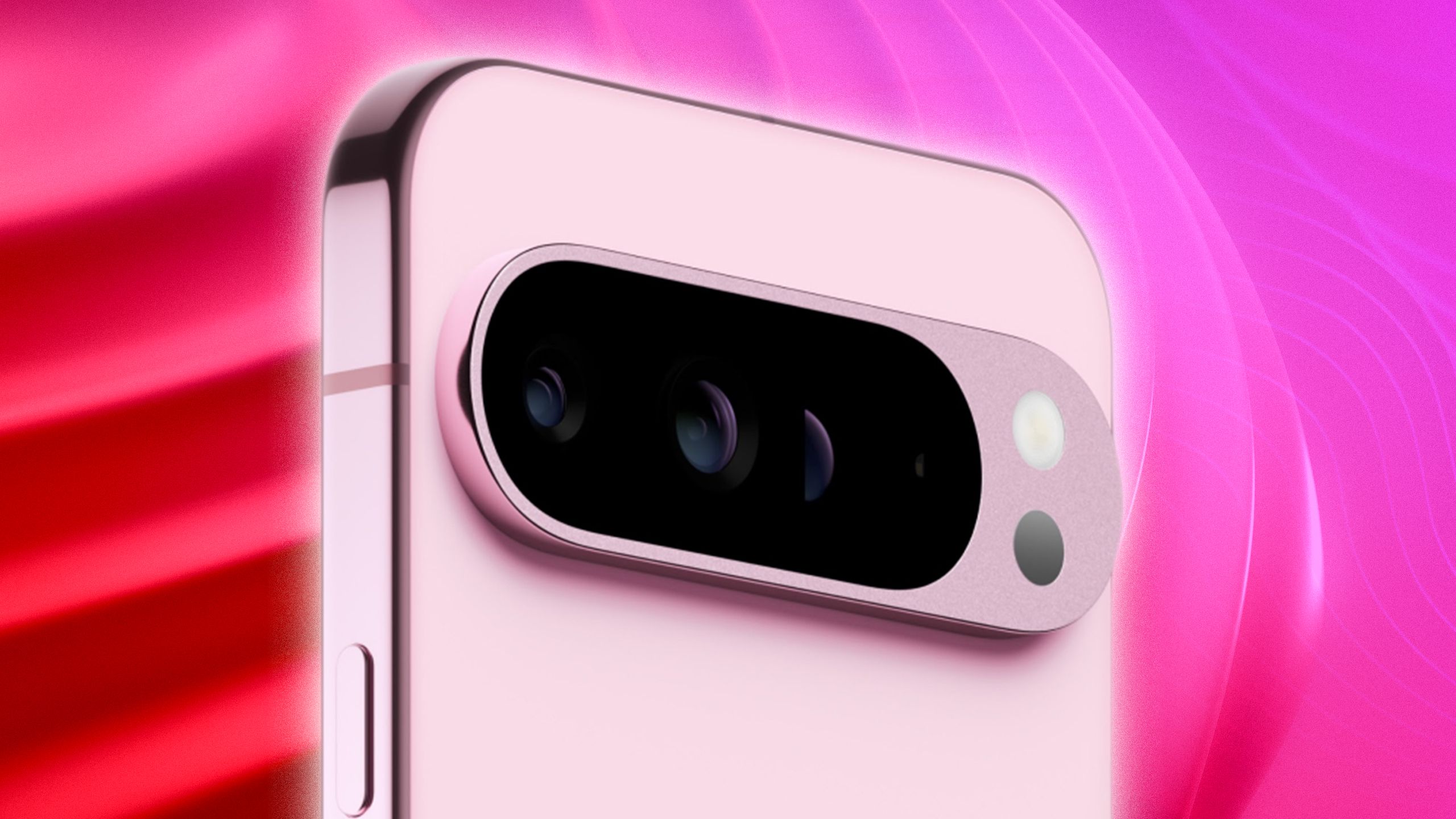
Related
Should you buy it?
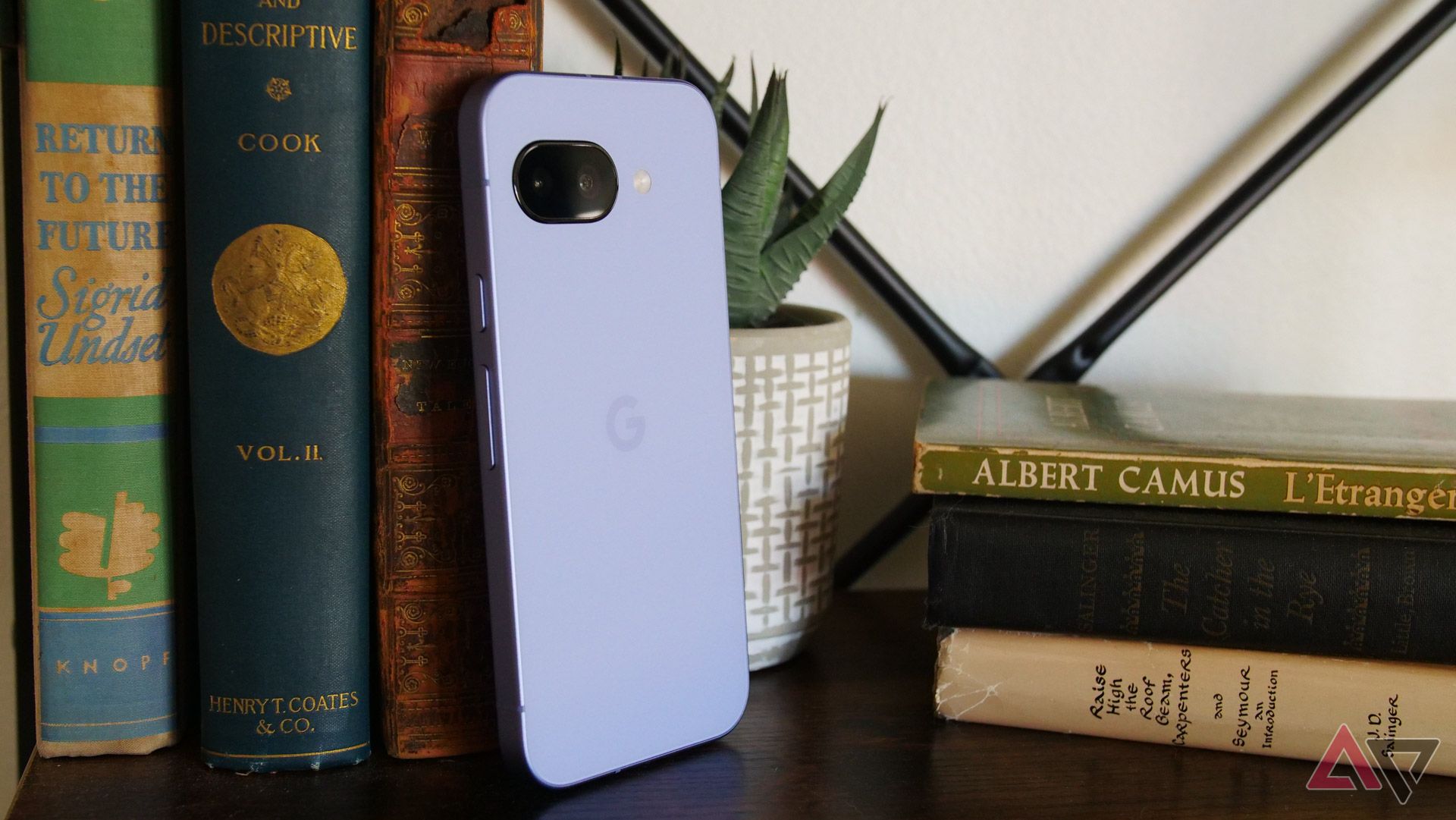
This might not be the most feature-packed smartphone Google has made to date, but it might be the best overall bang for your buck we’ve ever seen from Pixel. For $500 — a price that could drop even lower in future months, should tariffs not get in the way of Google’s usual deep Pixel discounts — you’re getting a smartphone that offers practically everything we liked about the regular Pixel 9 for less cash. There’s a serious argument to be made that the Pixel 9a replaces the need to even consider Google’s mainline entry, unless you find that device on sale at a similar price.
That said, the Pixel 9a might not be for everyone. If you’re bullish on AI, you’ll want to make the jump to Google’s Pixel 9 Pro lineup, where double the RAM awaits you. Similarly, if you absolutely need a telephoto lens or a larger display, I’d once again steer you towards the Pro entries, as both the Pixel 9 Pro XL and Pro Fold deliver on those fronts. And if you’re a mobile gamer first and foremost, the Pixel series in general isn’t for you — you’ll find much better GPU performance on Snapdragon-powered smartphones.
But most smartphone users want something reliable, durable, and affordable, and the Pixel 9a is that smartphone. Google knocked it out of the park on this one, no doubt about it. In an era clouded by uncertainty over what anything is going to cost tomorrow, the Pixel 9a remains a pretty remarkable deal — for now, at least.

Google Pixel 9a
Google’s Pixel 9a takes everything that was great about the Pixel 8a and looks to modernize it. With an all-new Pixel 9-inspired look and no camera bump, this might be the best $500 smartphone we’ve seen yet.
What’s your reaction?
Love0
Sad0
Happy0
Sleepy0
Angry0
Dead0
Wink0
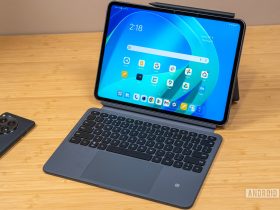
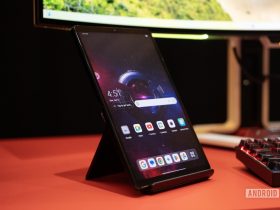
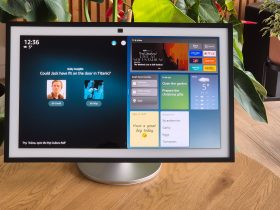

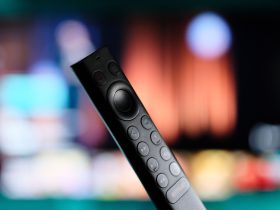

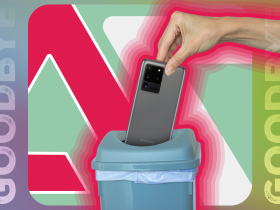

Leave a Reply
View Comments